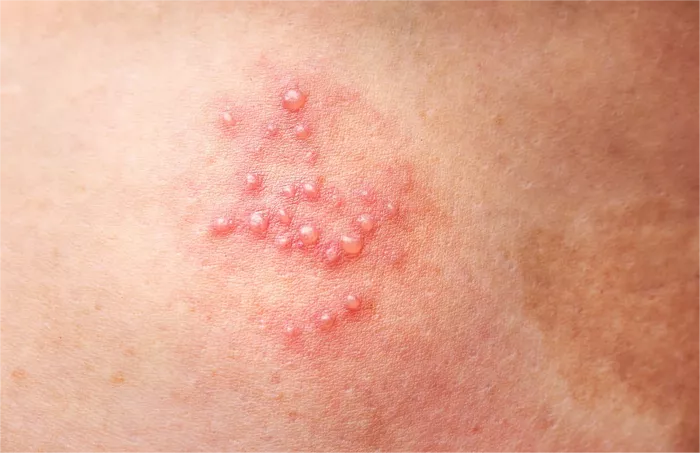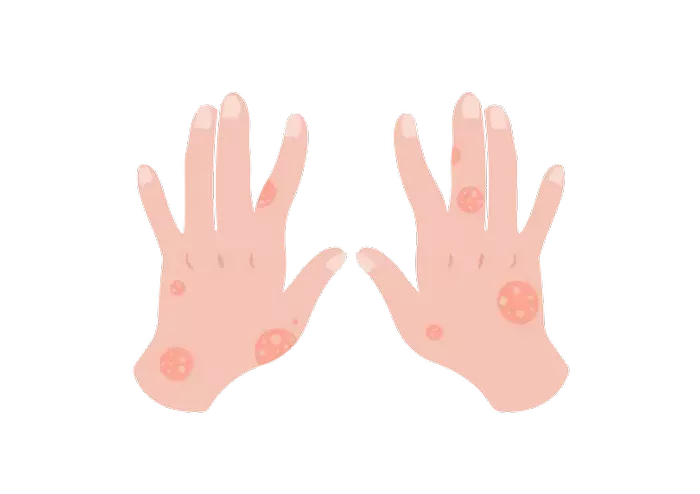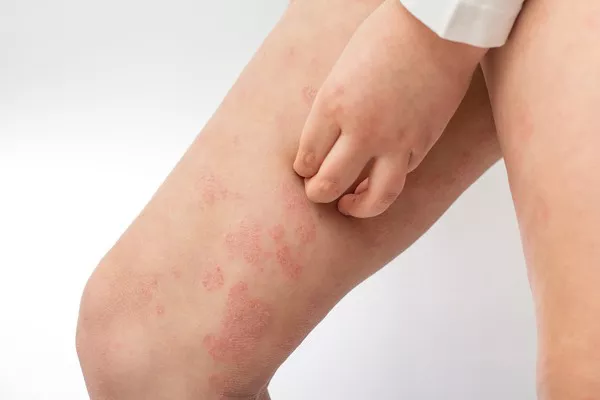Chickenpox is often considered a childhood illness, but adults can get infected too, especially if they haven’t had the virus before. The varicella-zoster virus (VZV), which causes chickenpox, can lead to different types of illnesses in adults. If you have had chickenpox as a child, the virus may lie dormant in your body and reactivate later in life. When this happens, it can cause a different condition known as shingles. This article will explain how adults can be affected by chickenpox or related conditions, and what the signs, symptoms, and risks are.
1. Chickenpox in Adults: The Basics
While chickenpox is most commonly associated with children, adults can get it too. In fact, chickenpox in adults tends to be more severe than in children. The symptoms can be more intense, and adults are at a higher risk of complications. The primary symptoms of chickenpox include an itchy rash, fever, and flu-like symptoms. The rash typically starts on the chest, back, and face, and then spreads to the rest of the body.
Adults who have not had chickenpox or who have not been vaccinated against the virus are at risk of getting it when exposed. However, this is much less common now due to widespread vaccination programs that have greatly reduced the incidence of chickenpox in children.
2. Shingles: The Reactivation of Chickenpox Virus
For adults who have previously had chickenpox, the virus can stay dormant in the body and reactivate later in life. When the virus reactivates, it causes a condition known as shingles (also called herpes zoster). Shingles is a painful rash that typically affects only one side of the body or face. It is characterized by red, blister-like sores that can be accompanied by burning, tingling, or shooting pains.
Shingles occurs when the varicella-zoster virus, which causes chickenpox, reawakens in the nerve tissues. This is most common in older adults or those with weakened immune systems. Although shingles is less contagious than chickenpox, it can still be passed on to others, especially those who have not had chickenpox or the vaccine.
3. Shingles Symptoms and Complications
Shingles typically starts with pain, itching, or a tingling sensation in a specific area of the body, followed by a rash. The rash develops into fluid-filled blisters that eventually scab over after a few weeks. The symptoms of shingles may include:
- Pain or burning sensation in the affected area.
- Rash or blisters on one side of the body or face.
- Fever and headache.
- Fatigue.
- Sensitivity to light.
- Itching or tingling in the affected area.
In some cases, shingles can cause complications, especially in adults over the age of 60. These complications include:
Postherpetic neuralgia (PHN): This is the most common complication of shingles. PHN is a condition where the pain from shingles continues even after the rash has healed. The pain can be severe and long-lasting.
Vision problems: If shingles affects the eyes (known as ocular shingles), it can cause serious vision issues and, in extreme cases, blindness.
Neurological problems: Shingles can sometimes cause inflammation of the brain (encephalitis) or facial paralysis (Ramsay Hunt syndrome).
Secondary bacterial infections: If the blisters from shingles become infected, they can lead to bacterial infections.
4. Why Do Adults Get Shingles Instead of Chickenpox?
The main reason adults get shingles instead of chickenpox is that they have already been infected with the varicella-zoster virus earlier in life. Once you recover from chickenpox, the virus doesn’t completely leave your body. It retreats into nerve cells where it remains dormant for years, sometimes decades. In certain situations, such as a weakened immune system due to age, stress, or illness, the virus can reactivate and cause shingles.
Shingles is more common in older adults because their immune systems naturally weaken with age. However, it can also affect younger adults, especially those with conditions that weaken the immune system, such as HIV/AIDS or cancer, or those taking immunosuppressive medications.
5. Vaccination and Prevention
The good news is that there are vaccines available to help prevent both chickenpox and shingles. The chickenpox vaccine is part of routine childhood immunizations, and it has been highly effective in reducing the occurrence of chickenpox in children. Adults who have never had chickenpox or the vaccine are encouraged to get vaccinated to prevent the illness.
For adults who have already had chickenpox, there is also a vaccine for shingles called the shingles vaccine (Zoster vaccine). This vaccine can reduce the risk of developing shingles by more than 50% and can also lower the severity of the disease if it does occur. It is recommended for adults aged 50 and older, even if they have already had shingles, as it can prevent future occurrences.
6. Chickenpox and Shingles in Pregnancy
Pregnant women who have never had chickenpox or the vaccine are at risk of complications if they contract the virus during pregnancy. Chickenpox in pregnancy can lead to serious complications, including:
For the mother: Pneumonia and other complications that can make the pregnancy more dangerous.
For the baby: The virus can cause birth defects if contracted during the early stages of pregnancy. In later stages, it can cause the baby to develop varicella (chickenpox) shortly after birth, which can be fatal.
If a pregnant woman develops chickenpox, she should seek immediate medical attention. Doctors can offer antiviral treatments and monitor both the mother and baby closely.
Shingles can also affect pregnant women, but it is less likely to be transmitted to the baby. However, shingles during pregnancy may require special treatment and monitoring.
7. Other Conditions That Can Be Mistaken for Chickenpox in Adults
There are several skin conditions that can be mistaken for chickenpox, particularly in adults. Some of these conditions include:
Hand, Foot, and Mouth Disease: This is a viral infection that primarily affects children but can also affect adults. It causes fever, sores in the mouth, and a rash that can resemble chickenpox.
Insect Bites: Bites from mosquitoes, bedbugs, or other insects can sometimes cause a rash that might look similar to chickenpox.
Drug Reactions: Some medications can cause rashes that resemble chickenpox. These rashes may be accompanied by other symptoms like fever or swelling.
Herpes Simplex Virus (Cold Sores): Cold sores caused by the herpes simplex virus can sometimes be confused with the rash seen in chickenpox, especially when the blisters form near the mouth.
If you’re unsure whether your rash is chickenpox or another condition, it’s best to consult a healthcare professional for a diagnosis.
Conclusion
While chickenpox is generally a childhood disease, adults who have never had the virus or been vaccinated are at risk of contracting it. Chickenpox in adults is often more severe and comes with a higher risk of complications. Adults who have had chickenpox as children can later develop shingles, a painful and sometimes long-lasting condition caused by the reactivation of the same virus.
Vaccination plays a crucial role in preventing both chickenpox and shingles. If you’re an adult who hasn’t been vaccinated against chickenpox, it’s a good idea to talk to your healthcare provider. And if you’re over 50, getting the shingles vaccine can significantly reduce your risk of developing this painful condition. If you experience any symptoms of chickenpox or shingles, it’s important to see a healthcare provider to get the appropriate treatment and care.
Staying informed and taking preventative measures can help you avoid the complications that these viral infections can cause.
Related topics:



























